A second sampling of snail-mail Book Talk letters I’ve received with my replies and the books they recommend for us to read.
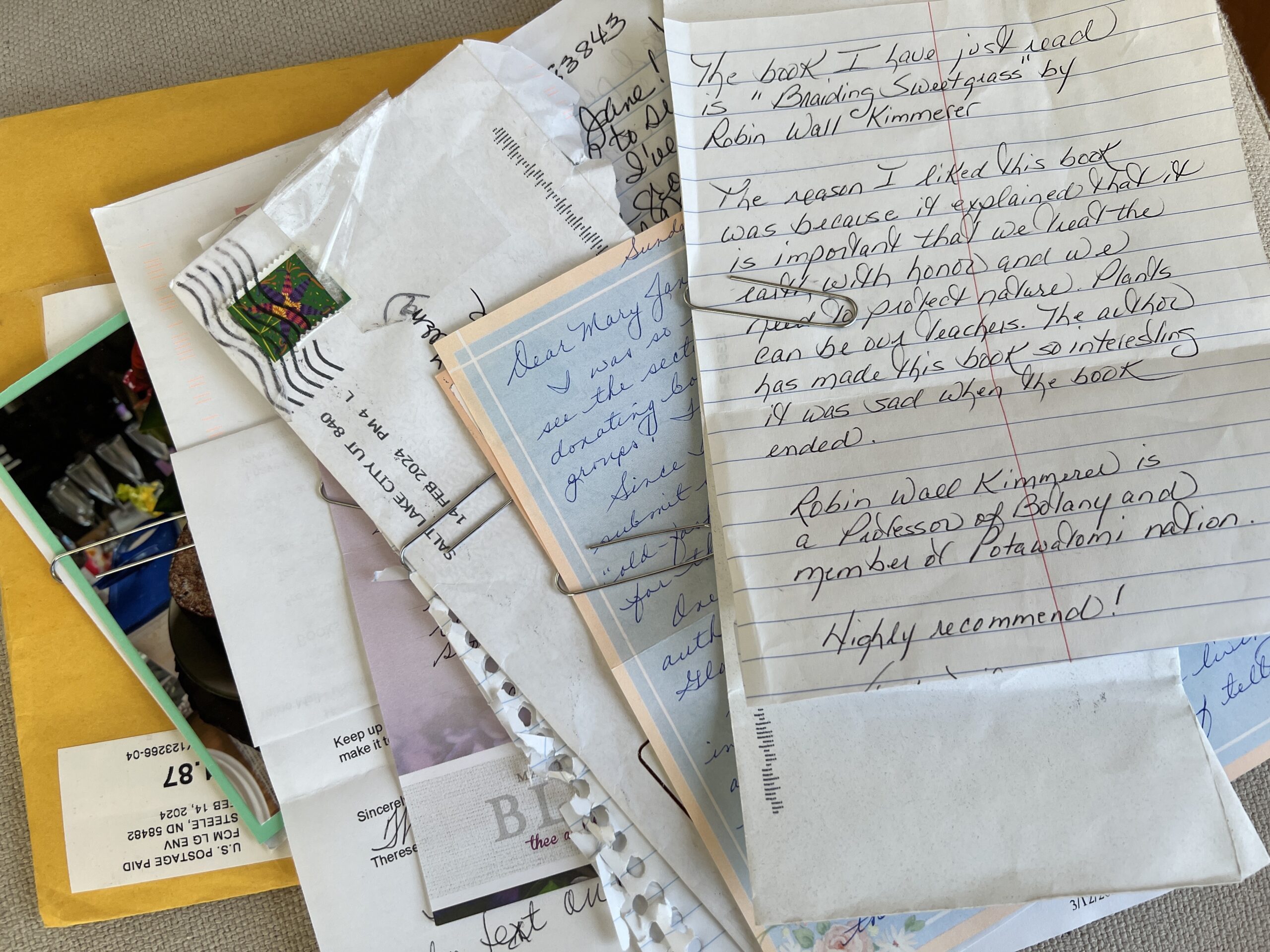
Dear MaryJane, I love your magazines! Just wanted to let you know I have read four of Kathleen Shoop’s books as advertised in your magazine and greatly enjoyed them. Oh wait, now I remember, I think I have actually read eight of them 😊 The library here in Florida doesn’t have all of them. I’m anxiously waiting and hoping they will soon. Blessings to you! A wife and mom, Rachel Byler
Dear Rachel, Thank you for sharing with me that you have read eight of Kathleen Shoop’s books. That’s quite a few! I am delighted to hear this. I, too, love to read because it’s so incredibly calming, and it transports us to other worlds and lives. I hope your Florida library will add to its collection and you will have opportunities to read more of her books. I am so very happy to hear that you love my magazine. With love and admiration, MaryJane
Dear MaryJane, I was so happy to see the section on donating books to various groups! That is awesome. Since I have no computer to submit on-line, I am using the “old-fashioned” method. Thank you for that option. One of my favorite books, and author, is Country Chronicle, by Gladys Tabor. She writes about Stillmeadow in a Connecticut farmhouse, and all the seasons of the year while living there. It is a calming, peaceful book to read, as Gladys captured her home, land, and wildlife living there. She has a way of telling just how things are. You can almost smell the iris and picture the landscape there at Stillmeadow. I get her book every year or so from our local library, to enjoy her “story telling” of her adventures there. Hope you might get time to look it up, and perhaps be able to read her book. I really think you would like it, and her writing. There are even recipes in the book, and she also wrote cookbooks! Thank you again, Sandy Riley
Dear Sandy, you have certainly caught my attention with your description of Stillmeadow by Gladys Tabor. I love wildlife living and my irises are getting ready to bloom on my property along Iris Lane! I’m looking out the window at my prairie as I write this and think I need to curl up with a cup of tea and a copy of Country Chronicle. An apple pie baking in the oven would also sound great. Thank you for sharing and when I have some spare time I’ll try to read it. With love and admiration, MaryJane
Dear MaryJane, I have read the February-March issue of MaryJanes Farm and particularly enjoyed the article on books. I love books and love to read and have many of the selections listed in the Farmgirl Book Club. I must tell you that my library does not always purchase many of the books you list but I have managed to read several. These are books I have read during the winter here in northern Arizona (February 2024): Where the Jessamine Grows by Donna Everhart. This was well-written and researched and covered a tense period in our nation’s history. There was excellent character development, as well as a captivating story line that held my attention. It doesn’t matter where a war is fought, or for what reason, it leaves long-lasting scars and doesn’t necessarily address or solve the issues over which it was fought. Lessons in Chemistry by Bonnie Garamus. This was set in my era of high school of the 1950s and I could totally relate to the story line. I really enjoy mysteries and Survive the Night by Riley Sager fit the bill. Another of his titles, The House Across the Lake was even better. Super Cats by Ashley Morgan is all about cats and not just about their antics but also about their ability to be protectors – a good book. A Brilliant Life by Rachelle Unreich. She writes a hard to believe memoir regarding her mother’s survival of the Holocaust and death camps. Keep up the good work – I always find something new that I can use in each issue. Maybe one of these days I will make it to your farm. Sincerely, Therese Gribbins P.S. I am not on Facebook – but I do text and have an email account.
Dear Therese, I am delighted that you are sharing with me your love of books! I am also delighted to learn that you have read many of the selections listed in the Farmgirl Book Club! Thank you for sharing that you always find something new in each issue of the magazine. I love to provide new information, so this warms my heart.The daffodils are blooming on the farm. You should see them; they are abundant and lovely. Soon, the irises will be in bloom, and I can’t wait. With love and admiration, MaryJane














































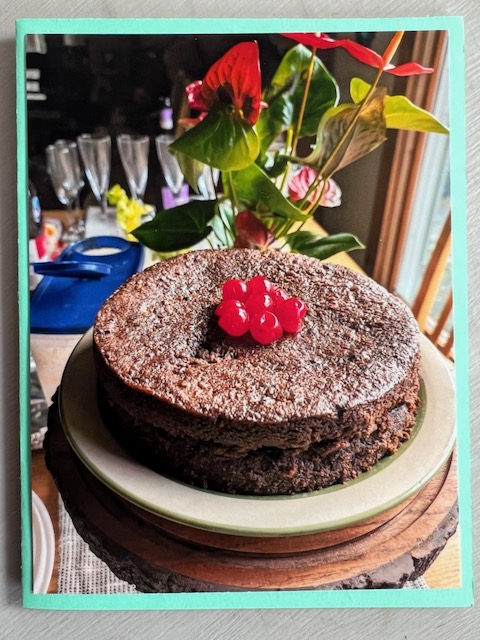













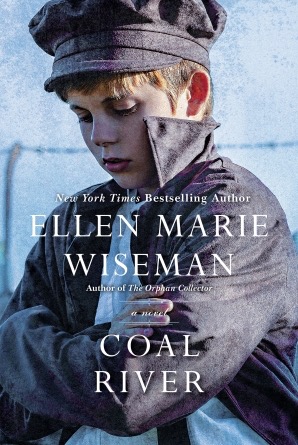


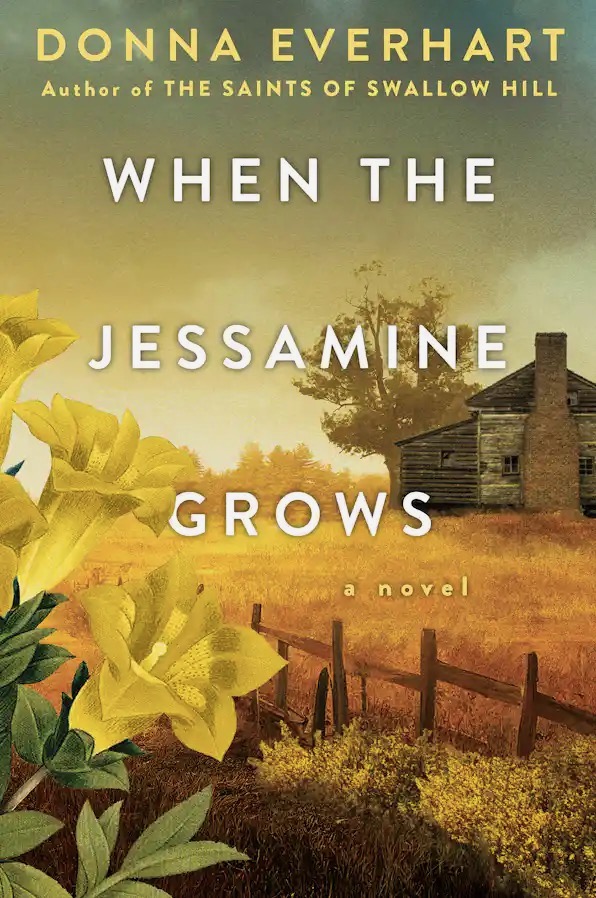

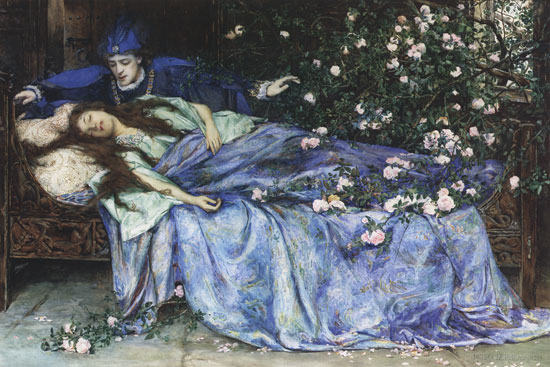








My friend just spoke with me this morning about the “Braiding Sweetgrass” book. She is currently working on her degree in environmental studies and is very passionate about it. She was wanting us to read it together this summer. I look forward to seeing what it’s all about.